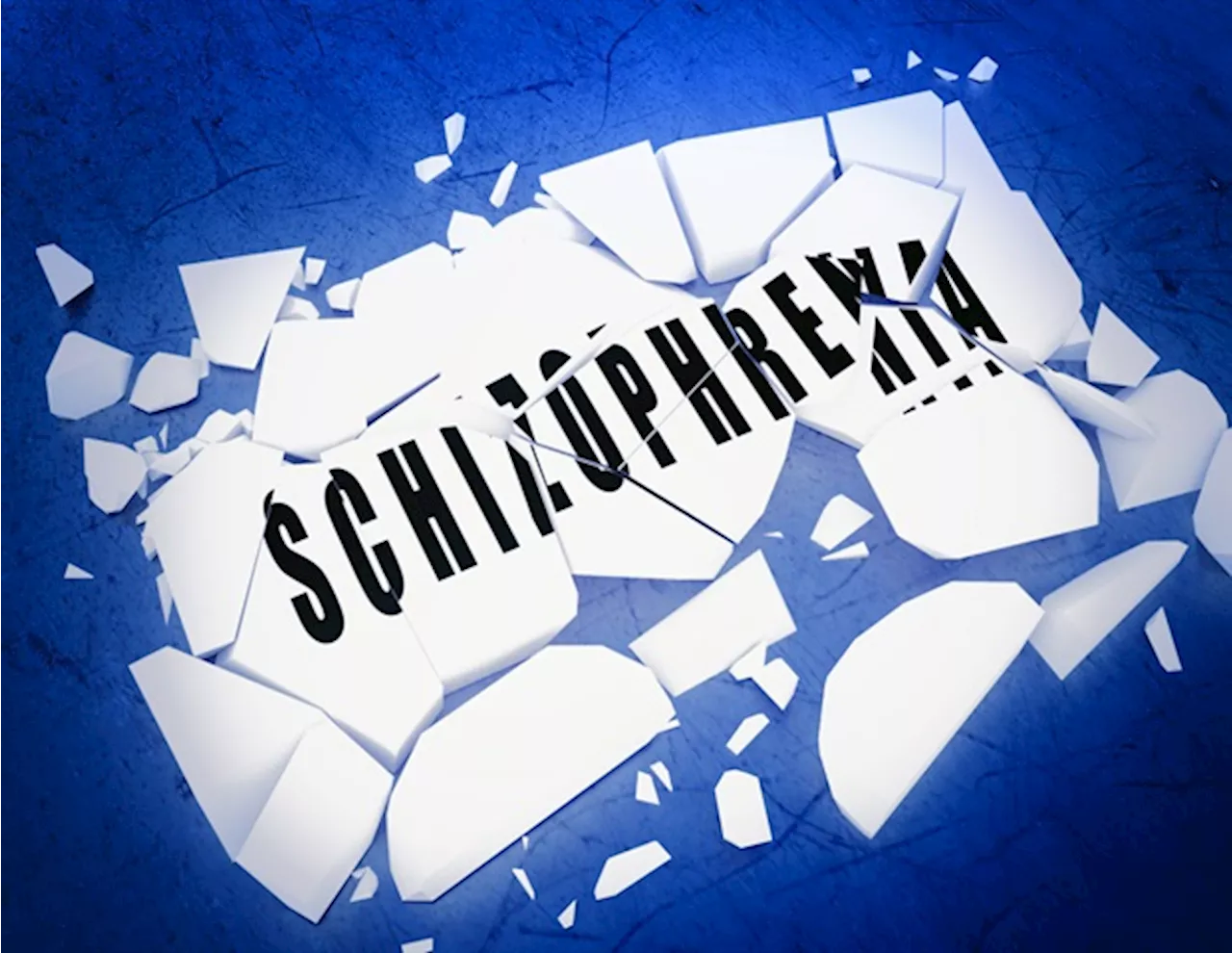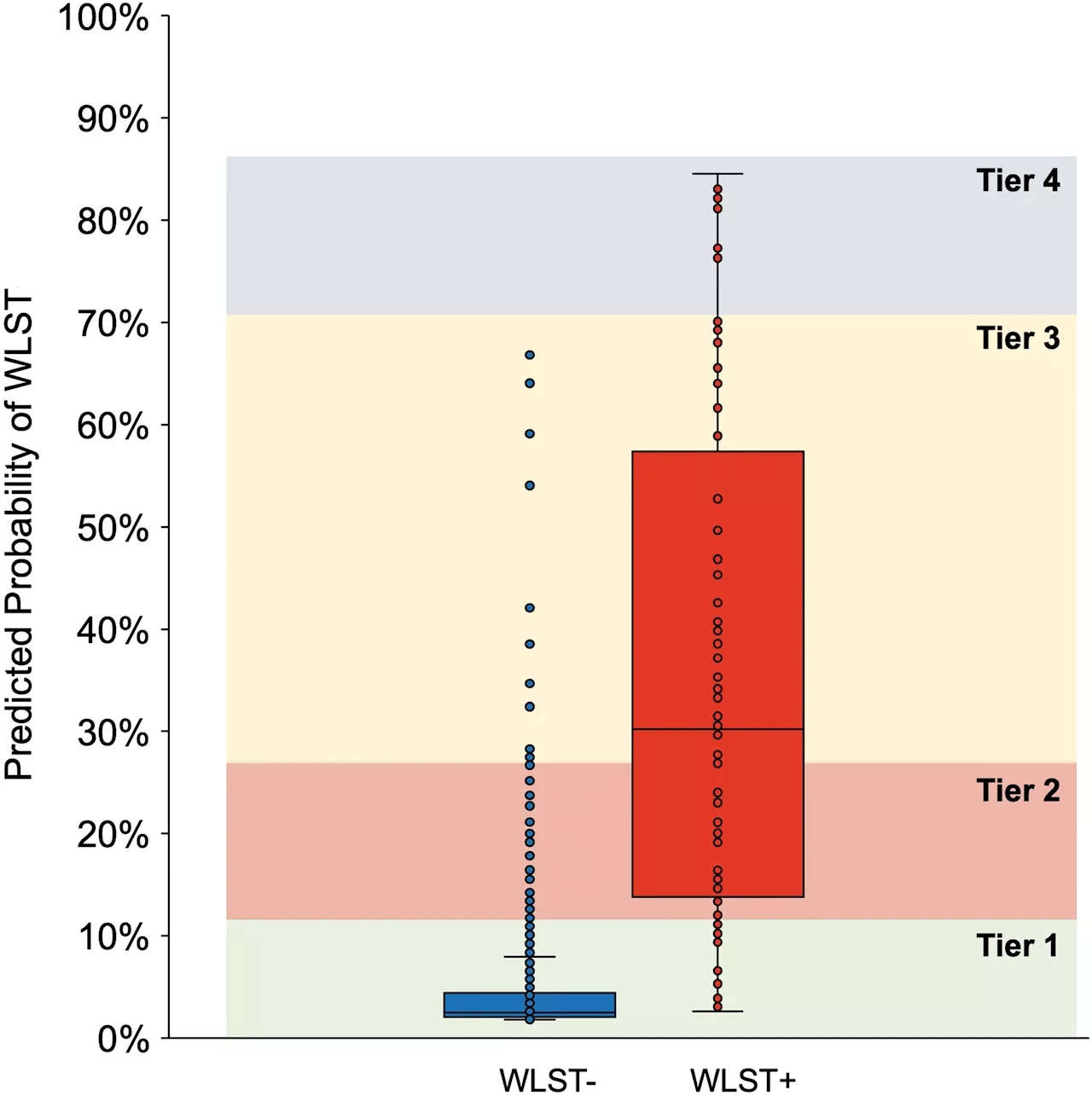Study demonstrates that the OPM-MEG tool effectively tracks brain development and neural oscillations in individuals aged 2 to 34, offering new insights into neurological health and development.
By Pooja Toshniwal PahariaJun 6 2024Reviewed by Benedette Cuffari, M.Sc. In a recent study published in the journal eLife, researchers evaluate the feasibility of optically pumped magnetometer-based magnetoencephalography for monitoring neural oscillations during brain development.
About the study In the present study, researchers used the 192-channel OPM-MEG platform to explore the developmental trajectory of beta oscillations among individuals between two and 34 years of age and the accompanying developmental alterations. The technology was incorporated into magnetically shielded rooms with active field controls to enable background field reduction and participant movement during scanning while preserving sensor operation.
Data from a single participant . Brain plots show slices through the left motor cortex, with a pseudo-T-statistical map of beta modulation. The blue/green peaks indicate locations of largest beta modulation during stimulation for index finger trials , while the red/yellow peaks show the little finger . Time-frequency spectra showing neural oscillatory amplitude modulation for both fingers, using data extracted from the location of peak beta modulation .
Positive Pearson correlations were observed between burst probability modulations and age, thus indicating that the shift in task-related beta modulations was due to burst probability variations. Bursts were less likely during stimulation, with the least pronounced effects among younger individuals.
Brain Children Cortex Frequency Multiple Sclerosis Parkinson's Disease Schizophrenia Sclerosis Technology
United Kingdom Latest News, United Kingdom Headlines
Similar News:You can also read news stories similar to this one that we have collected from other news sources.
 Study may facilitate the development of new personalized treatments for schizophrenia An International Study Publi...An international study led by the Hospital del Mar Medical Research Institute, in collaboration with researchers from the Neuropsychopharmacology Group at the University of the Basque Country (UPV/EHU) and researchers from the CIBER of Mental Health (CIBERSAM), and published in Nature Communications, may facilitate the creation of new personalized...
Study may facilitate the development of new personalized treatments for schizophrenia An International Study Publi...An international study led by the Hospital del Mar Medical Research Institute, in collaboration with researchers from the Neuropsychopharmacology Group at the University of the Basque Country (UPV/EHU) and researchers from the CIBER of Mental Health (CIBERSAM), and published in Nature Communications, may facilitate the creation of new personalized...
Read more »
 Brain study identifies a cost of caregiving for new fathersParenting makes the heart grow fonder, and the brain grow … smaller? Several studies have revealed that the brain loses volume across the transition to parenthood. But researchers like me are still figuring out what these changes mean for parents.
Brain study identifies a cost of caregiving for new fathersParenting makes the heart grow fonder, and the brain grow … smaller? Several studies have revealed that the brain loses volume across the transition to parenthood. But researchers like me are still figuring out what these changes mean for parents.
Read more »
 New study shows recovery potential in patients with traumatic brain injuryA new study in the Journal of Neurotrauma found that more than 30% of patients with traumatic brain injury (TBI) for whom withdrawal of life sustaining treatment (WLST) was not performed recovered at least partial independence.
New study shows recovery potential in patients with traumatic brain injuryA new study in the Journal of Neurotrauma found that more than 30% of patients with traumatic brain injury (TBI) for whom withdrawal of life sustaining treatment (WLST) was not performed recovered at least partial independence.
Read more »
 New study reveals brain clearance of toxins is reduced during sleep and anesthesiaThe adipose-neural axis plays an important role in arrhythmogenesis.
New study reveals brain clearance of toxins is reduced during sleep and anesthesiaThe adipose-neural axis plays an important role in arrhythmogenesis.
Read more »
 The crystallization of memory: Study reveals how practice forms new memory pathways in the brainA new study led by UCLA Health has shown that repetitive practice not only is helpful in improving skills but also leads to profound changes in the brain's memory pathways.
The crystallization of memory: Study reveals how practice forms new memory pathways in the brainA new study led by UCLA Health has shown that repetitive practice not only is helpful in improving skills but also leads to profound changes in the brain's memory pathways.
Read more »
 Proof-of-concept study pioneers new brain imaging technique through a transparent skull implantIn the first study of its kind, researchers from the Keck School of Medicine of USC and the California Institute of Technology (Caltech) designed and implanted a transparent window in the skull of a patient, then used functional ultrasound imaging (fUSI) to collect high-resolution brain imaging data through the window.
Proof-of-concept study pioneers new brain imaging technique through a transparent skull implantIn the first study of its kind, researchers from the Keck School of Medicine of USC and the California Institute of Technology (Caltech) designed and implanted a transparent window in the skull of a patient, then used functional ultrasound imaging (fUSI) to collect high-resolution brain imaging data through the window.
Read more »
